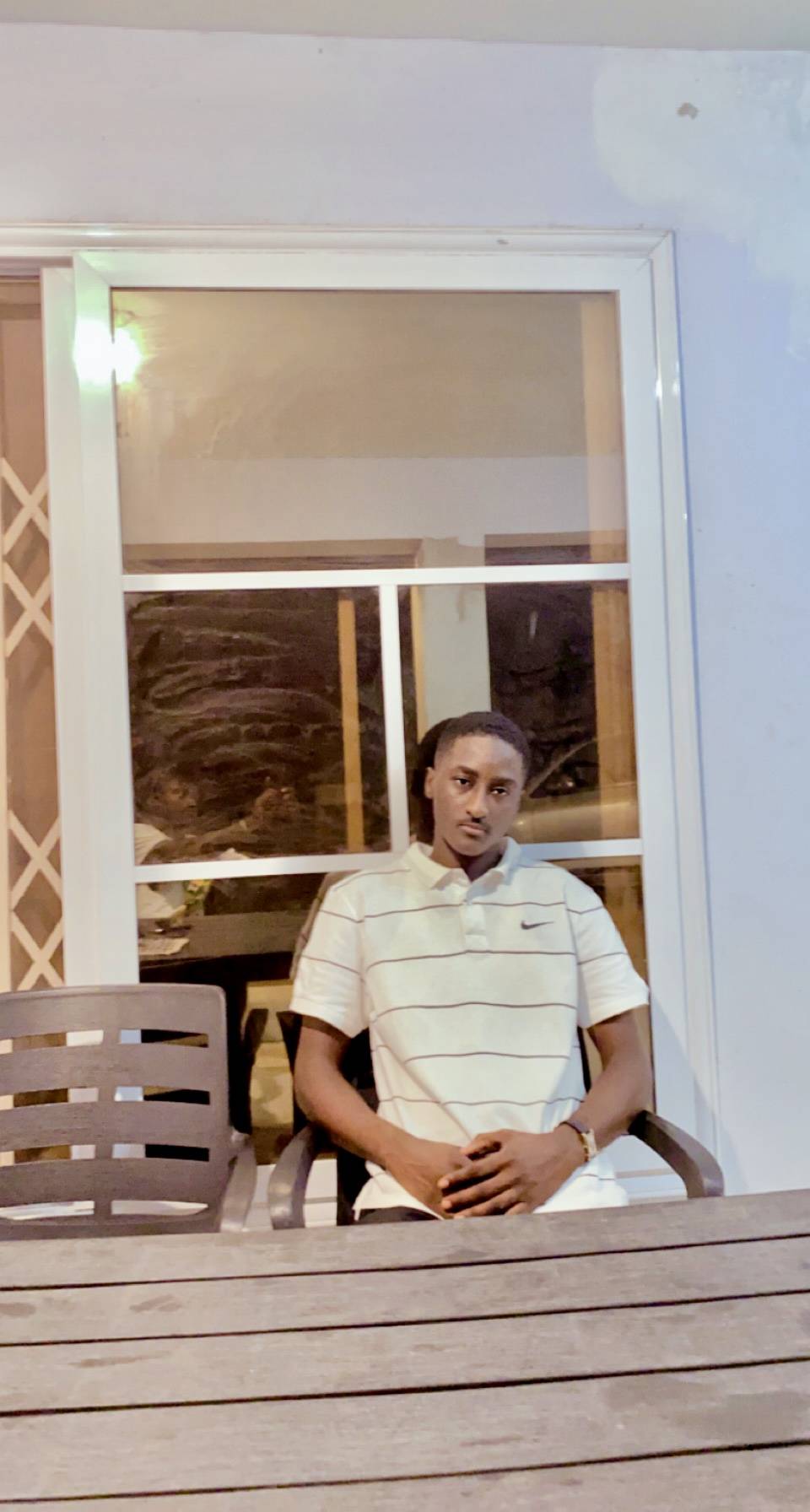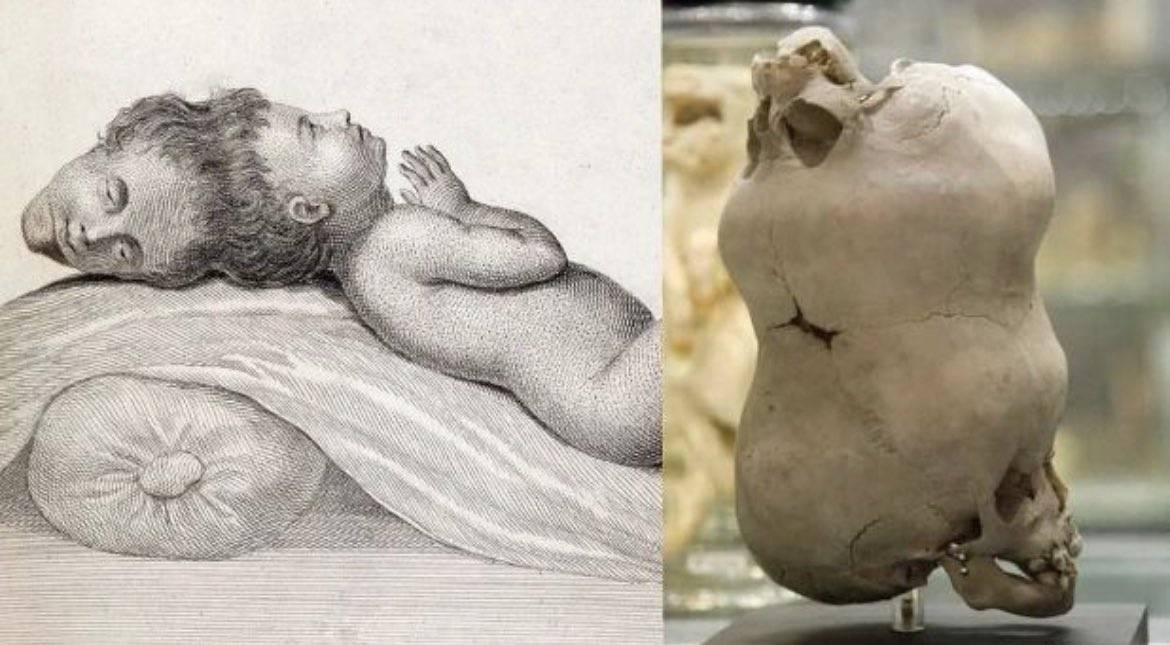In 1783, a boy with two functioning heads was born in Mundal Guat, Bengal, India. The sight startled the midwife so much that she threw the boy into a fire, though he survived with minor injuries. Seeing a chance to profit, the parents took the boy to Calcutta where people paid to see his unique condition.
The heads operated independently—one could sleep while the other was awake or cry while the other smiled. But their responses to stimuli varied—one head was light-sensitive and had poor vision. Still, they shared the same pain sensation.
The underdeveloped twin, known as the parasitic twin, ceases its development during gestation while the other twin, the autosite, develops completely. This occurs when monozygotic twins start to develop as an embryo, but the embryo fails to completely split. The key difference between a parasitic twin and conjoined twins is that in parasitic twins, one twin, the parasite, stops development during gestation.
In the case of Edward Mordake, a man reportedly afflicted with craniopagus parasiticus, his condition became the subject of various works of art. His story was featured in an opera by composer Erling Wold and a song by singer-songwriter Tom Waits. Mordake’s legend also found a greater audience among fans of the cinematic genre of horror through the fourth season of the American television series American Horror Story.
Despite the rarity and complexity of craniopagus parasiticus, there have been attempts at surgical separation. A paper by Caceres et al. reviewed the plausible etiological mechanisms, clinical features, and preoperative analysis, and documented modern-day craniopagus parasiticus surgical separation attempts. They describe the successful separation of a 28-week preterm newborn from its parasite sibling twin bearing lethal congenital anomalies associated with Cantrell’s pentad and sirenomelia.
Sadly, at age four, the boy died from a cobra bite when his mother had gone to fetch water. Today, we know this condition as craniopagus parasiticus, a rare occurrence in about 2 in every 5 million children. Postmortem examination of the boy showed that each head had its own brain and blood supply. He was otherwise healthy during his short life.
The boy's skull is now displayed at the Hunterian Museum of the Royal College of Surgeons in London, a monument to this rare medical condition.


